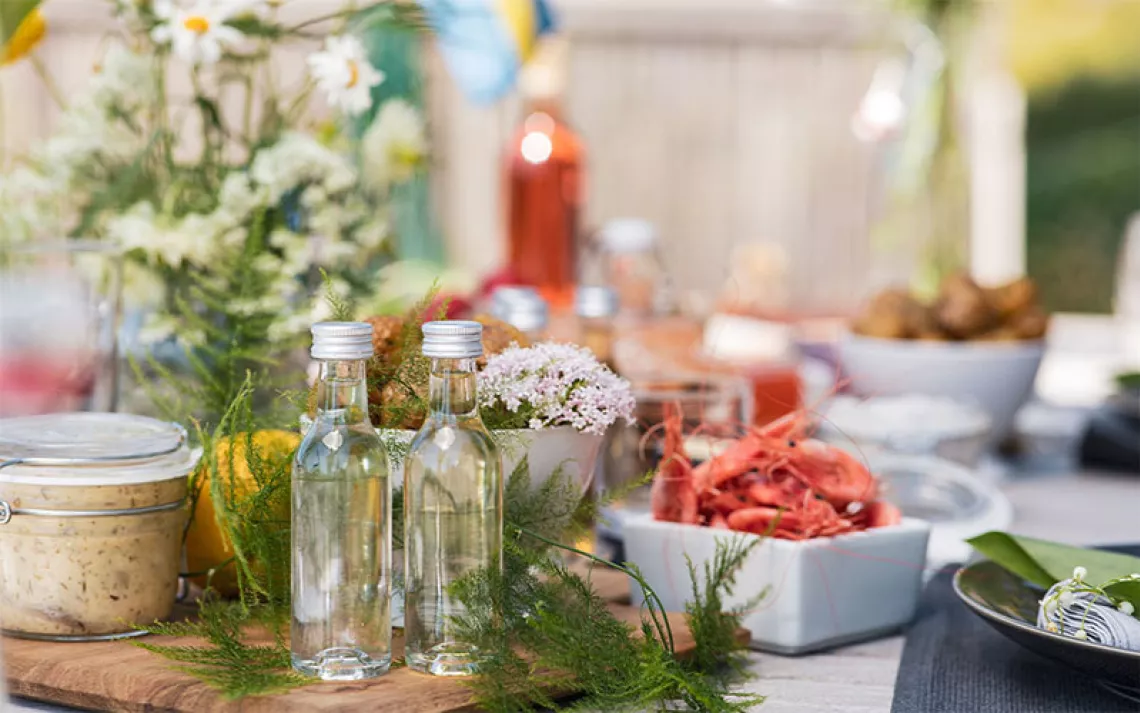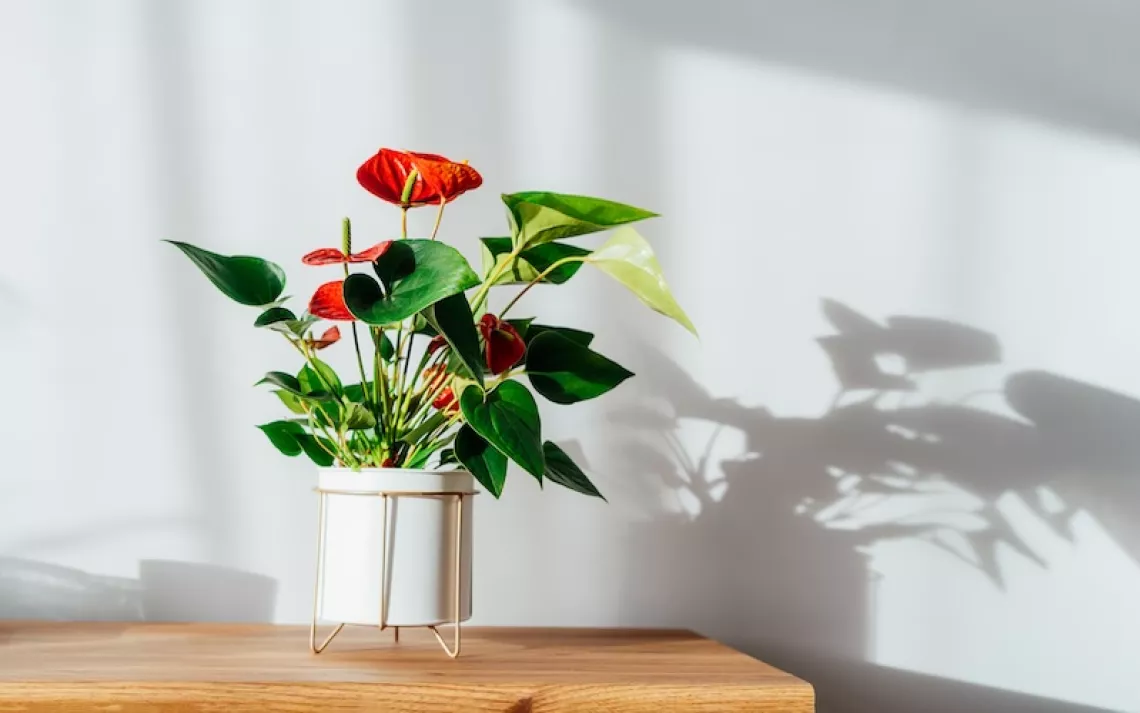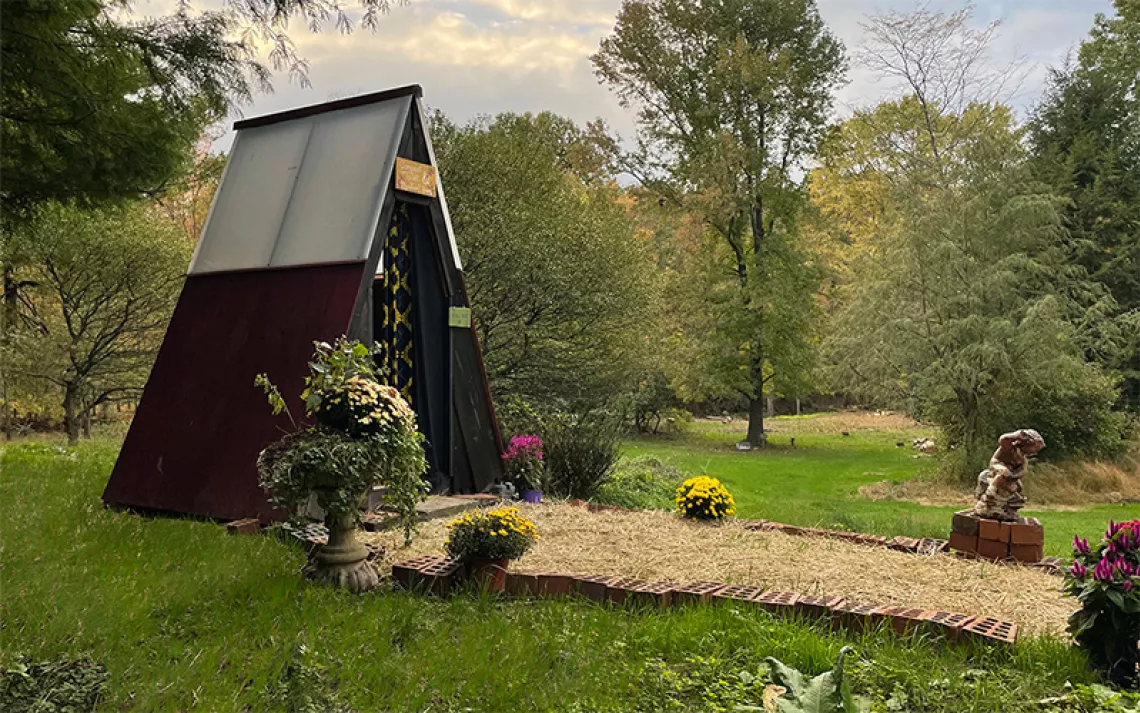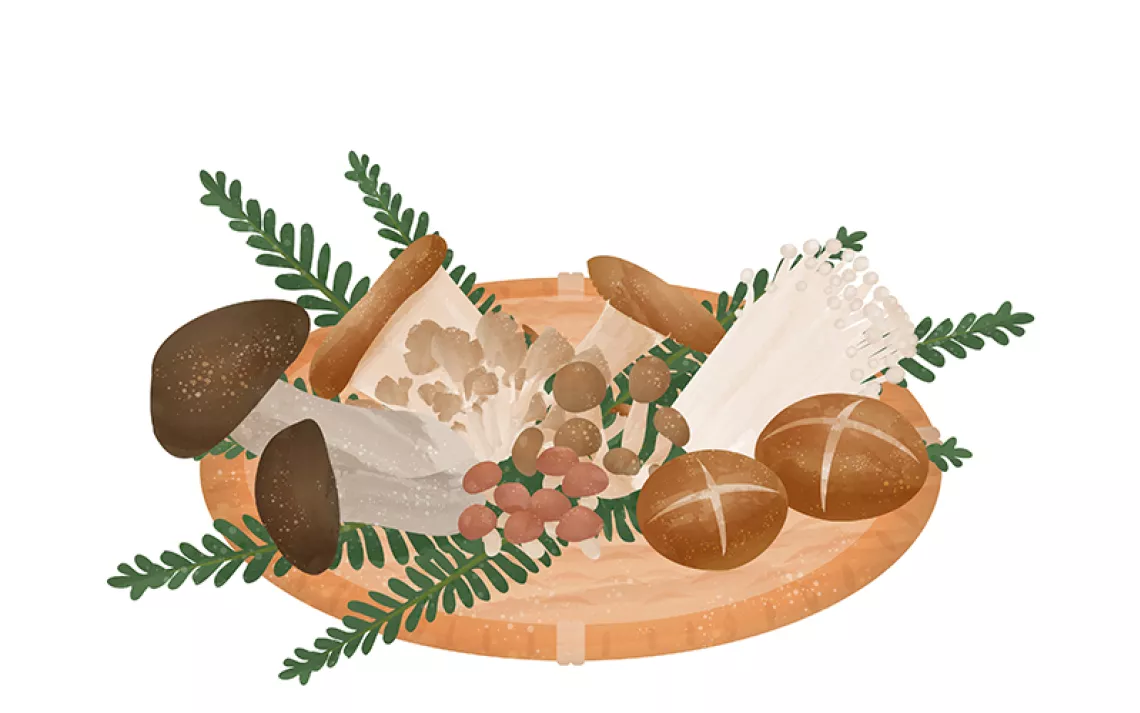Chopstick Vase
Make a container that really sticks out
Sometimes I wonder whether repurposing broken or used-up things that most people would just throw out really makes a difference environmentally.
I talked it over with Bryan Parks, a designer and entrepreneur in Eugene, Oregon, who sells folding baskets and other items that he makes out of disposable chopsticks he collects from restaurants. When Parks was studying in China in the early 2000s, the ubiquitous single-use eating utensils started to really bug him. He became obsessed with gathering them (sometimes straight from the gutter) and seeing what he could make: lampshades, CD racks, bowls, even a table.
Since then, he estimates, he’s salvaged nearly 3 million chopsticks. An impressive number, for sure, but his efforts have had no impact on global production or on the deforestation that results. (China alone uses about 80 billion chopsticks a year, according to the chairman of the country’s Jilin Forest Industry Group.)
However, Parks has created an environmentally and financially sustainable business with a product that doesn’t exploit new resources. This inspired me to try out some chopstick art myself. I hit up a Southeast Asian restaurant after a busy lunch hour, came home, and rigorously cleaned the greasy loot. I sanded the sticks smooth, applied a polyurethane gloss, and then glued them neatly to a glass jar. I put my wooden vase near the door to remind myself to bring a reusable pair of chopsticks when I head out for sushi.
Difficulty Level: 3
Construction time: 4 hours
It takes time to spruce up the chopsticks. Inspired by Sherry Berger’s project at bit.ly/chopstickvase.
 The Magazine of The Sierra Club
The Magazine of The Sierra Club


















